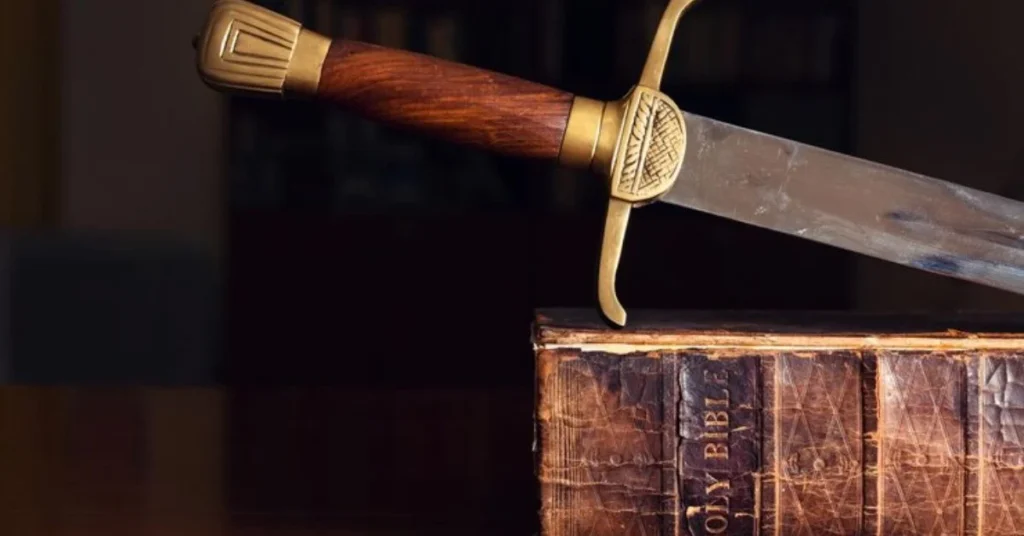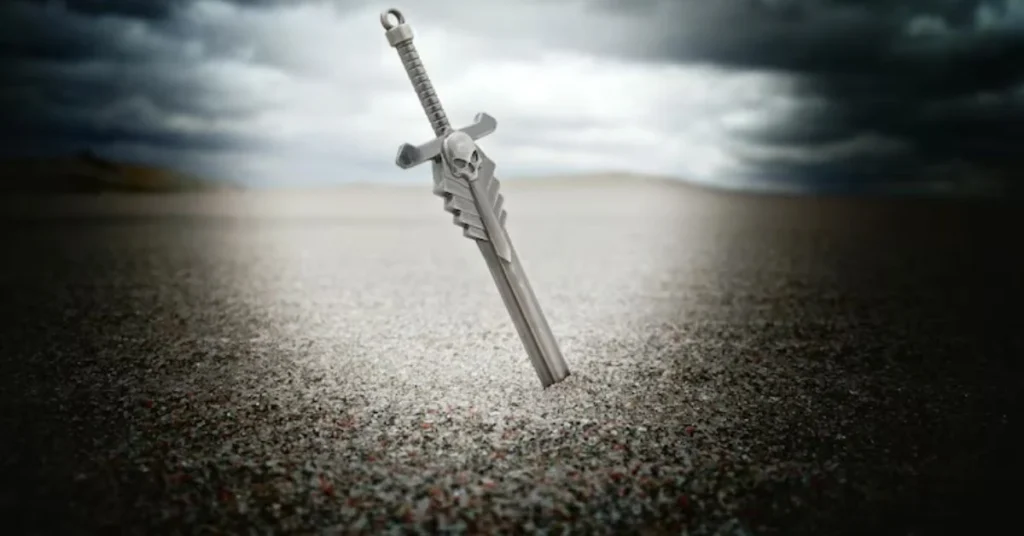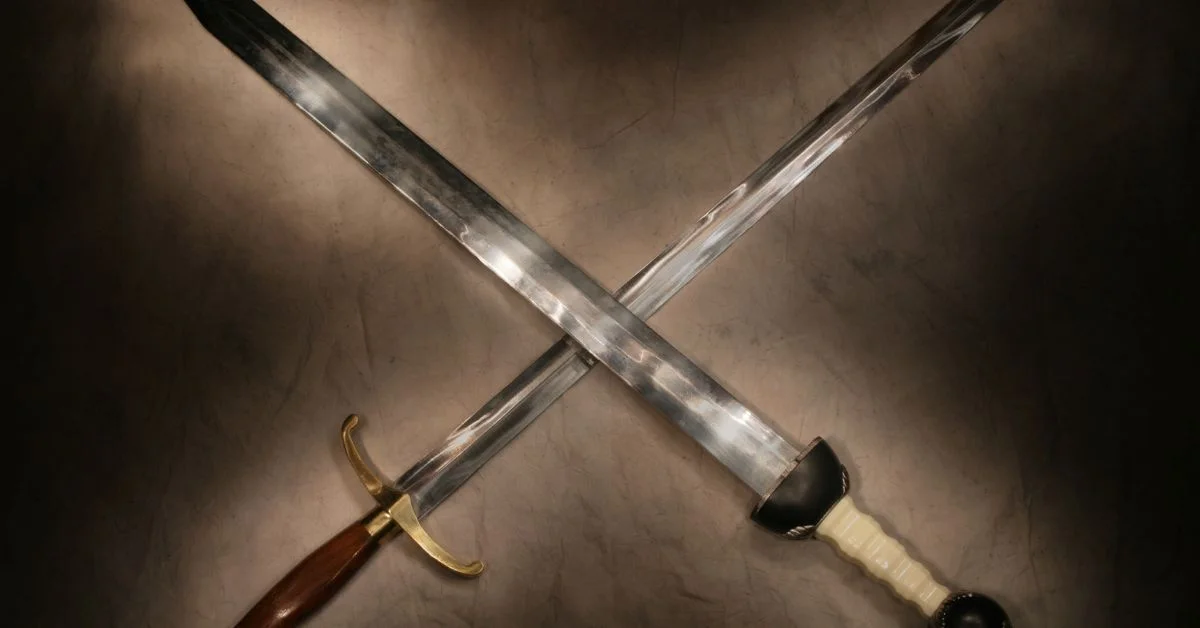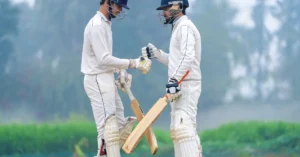In addition to being a little weapon, the short sword represents agility, accuracy, and usefulness. Because they were easier to control and more effective in close quarters, small swords were popular among fighters of many civilizations throughout history. However, this multipurpose blade is still highly prized in today’s world, whether for use in historical reenactments, collections, or martial arts. We will go into the historical development, main varieties, and contemporary significance of the short sword in this article.
What Is a Short Sword?
Swords with blades 12–24 inches in length are commonly referred to as short- swords. Its length is between that of a dagger and a full-length sword, such as a katana or longsword.
Key Features:
- Length: Generally 12″ to 24″ blade
- Weight: Lightweight for quick handling
- Use: Primarily for stabbing, slashing, and close combat
Short- swords strike a balance between speed and power, making them ideal for tight spaces or dual-wielding scenarios. They were historically used as secondary weapons, often complementing a shield or longer sword.
| Category | Details | Recommendations |
|---|---|---|
| Blade Length | Typically ranges from 12 to 24 inches | Choose based on your strength and intended use (combat, display, training) |
| Material | Carbon steel or stainless steel |
|
| Usage Type | Martial arts, cosplay, collection, survival |
|
| Grip & Handling | Ergonomic handles with non-slip design | Essential for safe sparring or extended use in training |
| Legal Check | Varies by region or country | Always verify local laws before purchasing or carrying a blade |
| Maintenance | Regular cleaning, oiling, and proper storage |
|
| Best For Beginners | Stainless steel blunt replicas (e.g., Gladius or Wakizashi) | Affordable, safer, and low-maintenance training tools |
History and Evolution of Short Swords
The short sword has a rich and diverse history. Across ancient civilizations, from Rome to Japan, short blades served vital roles in military tactics and personal defense.
Ancient Rome: The Gladius
- The gladius is perhaps the most iconic short- sword.
- Used by Roman legionaries, it was perfect for tight formations.
- Designed for thrusting, it had a wide, double-edged blade.
Japan: The Wakizashi
- Paired with the katana, the wakizashi was a samurai’s backup blade.
- Worn indoors or during ceremonies.
- Its curved, elegant blade made it suitable for both offense and ritual seppuku.
Other Cultures
- Greek xiphos: Leaf-shaped and balanced for slashing and stabbing.
- Celtic short swords: Often decorated, showing tribal identity and status.
Each culture adapted the short- sword to fit its unique fighting style and needs.

Popular Types of Short Swords
Here are some renowned types of short- swords and their characteristics:
| Name | Origin | Blade Style | Purpose |
| Gladius | Roman | Straight, double-edged | Military combat |
| Wakizashi | Japanese | Curved, single-edged | Companion to katana |
| Xiphos | Greek | Leaf-shaped | Close-quarters battle |
| Cinquedea | Italian | Wide, tapering blade | Civilian defense |
| Seax | Anglo-Saxon | Single-edged | Utility and battle |
These weapons not only served practical functions but also reflected craftsmanship and cultural identity.
Modern Uses of the Short Sword
Today, the short sword finds new life in multiple disciplines and hobbies.
1. Martial Arts
- Practitioners of Kendo, Kenjutsu, and HEMA (Historical European Martial Arts) use short swords for drills and sparring.
- Emphasis on agility and precision makes them ideal for learning blade control.
2. Historical Reenactments & Cosplay
- LARP (Live Action Role Play) and historical reenactments use realistic replicas.
- Reenactors prefer short swords for safe, choreographed combat.
3. Self-Defense and Utility
- Though not common for modern defense, certain short swords (like tactical machetes) are used in survival situations.
4. Collectors and Enthusiasts
- High-quality replicas made of carbon steel are sought after for their aesthetics and craftsmanship.
Choosing the Right Short Sword
Before buying or using a short sword, consider these factors:
Purpose:
- Training: Lightweight, blunt-edged replicas
- Display: Decorative craftsmanship
- Combat or reenactment: Tempered steel, full tang construction
Blade Material:
- Carbon steel: Strong and durable but requires maintenance
- Stainless steel: Resistant to rust, better for display
Handle Grip:
- Look for ergonomic, non-slip grips especially for martial practice.
Legal Considerations:
- Check your local laws—some places restrict ownership or carrying of bladed weapons.
Care and Maintenance Tips
Proper upkeep ensures your short sword lasts for years:
- Clean regularly with a dry cloth after use.
- Oil the blade lightly to prevent rust (especially carbon steel).
- Store in a dry place, preferably in a scabbard or sheath.
- Avoid banging or dropping to protect the blade’s edge and structure.

Conclusion
Despite its little stature, the short sword has tremendous historical and functional value. The short sword is an intriguing example of functional art that anybody can appreciate, whether they are interested in martial arts, history, collecting, or just plain inquisitive.
FAQs
What is the difference between a short sword and a dagger?
A dagger is usually under 12 inches and designed mainly for stabbing, while a short sword is longer and more versatile, capable of slashing and thrusting.
Can a short sword be used in real combat?
Yes, historically it was effective in close combat. Today, it’s mainly used in martial arts and reenactments, not for actual combat.
Are short swords legal to own?
In many regions, yes—but laws vary. Always check your local or national weapon regulations before purchasing.
What’s the best short sword for beginners?
A blunt, practice wakizashi or gladius replica made from high-quality stainless steel is a safe and affordable choice.









